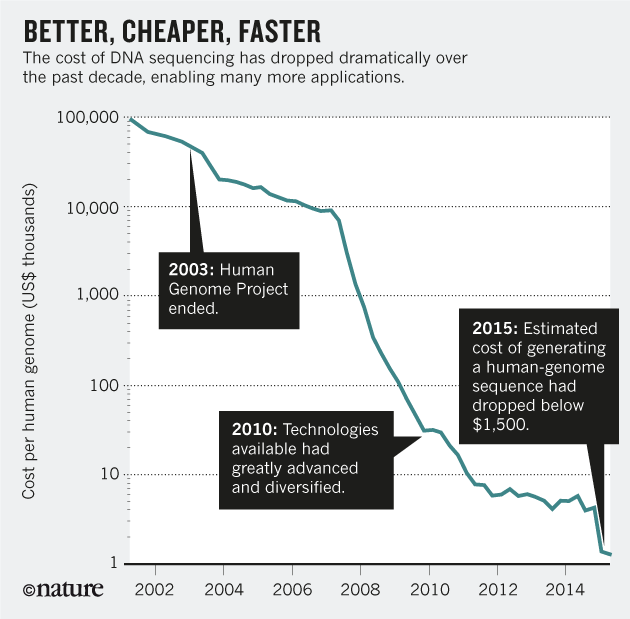If you want to go deeper on the issue, have a look at this article. It is focused on one disease, cancer and tries to combine clinical effectiveness and cost effectiveness. Sounds good. At the end you'll see that the number of available studies is limited (6), but that's the situation and these are the conclusions:
We report the rate of successfully detecting mutations from the clinical studies. The incremental cost-effectiveness ratio and sensitivity analysis outcomes are reported for the cost-effectiveness articles. Fifty-six articles reported that sequencing patient samples using targeted gene panels, and 83% of the successfully sequenced patients harboured at least 1 mutation.
In our evaluation of the effectiveness of NGS, we found that NGS is effective at identifying mutations in cancer patients, and we reported that 37% of the diagnosed patients proceeded to receive therapy matching their genetic profile. However, with only 6 articles available that assess the cost-effectiveness of NGS in various settings, it remains an area for future research to determine whether the technology is cost-effective in routine cancer management.PS. Today this blog has surpassed its 200.000 visits. That's great! Thank you for your loyalty.







